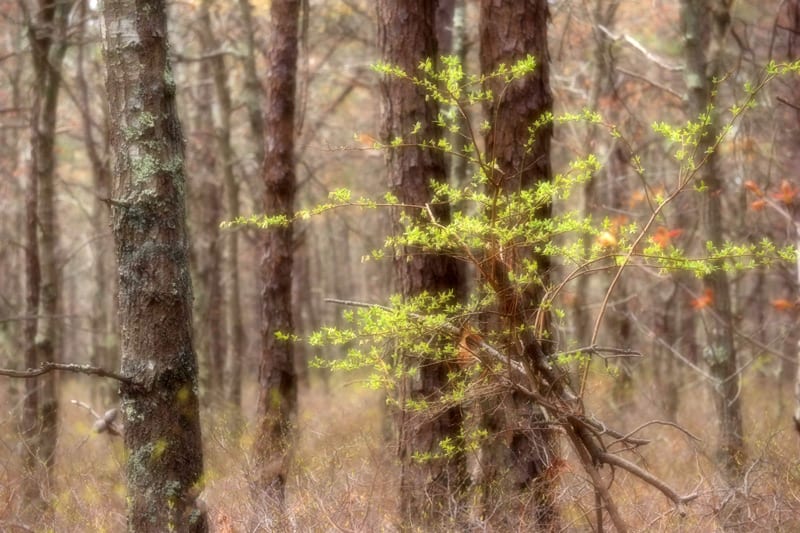 A walk through a forest is magical for kids when they’re nature detectives. And an amazing setting for these young detectives are the nature trails in the Hamptons, Long Island, with their incredible diversity of natural habitats. I’ve included a printable spotter sheet with 10 plants for kids to search for and identify on a walk by ponds, swamps or marshes.
A walk through a forest is magical for kids when they’re nature detectives. And an amazing setting for these young detectives are the nature trails in the Hamptons, Long Island, with their incredible diversity of natural habitats. I’ve included a printable spotter sheet with 10 plants for kids to search for and identify on a walk by ponds, swamps or marshes.
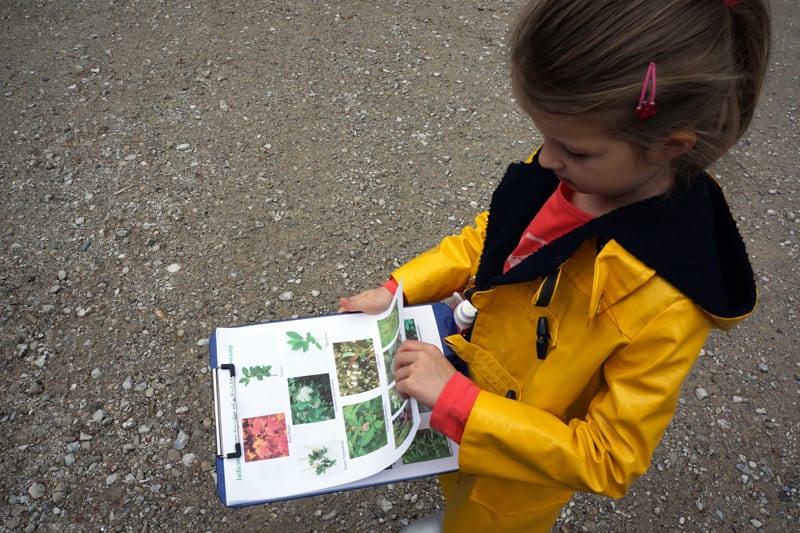 Give them printouts on a clipboard with plants to find, crayons and sheets of paper for leaf rubbings and a hike instantly becomes an adventure.
Give them printouts on a clipboard with plants to find, crayons and sheets of paper for leaf rubbings and a hike instantly becomes an adventure. 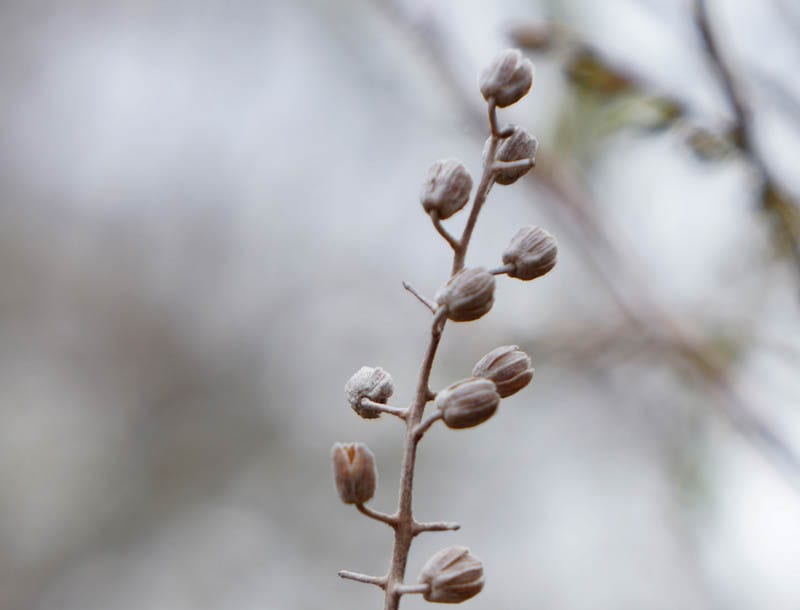
Suddenly every leaf and shrub is examined as they try to name and find them. Not always easy due to the changing seasons. Such as the Sweet Pepperbush above or the Highbush Blueberry below. 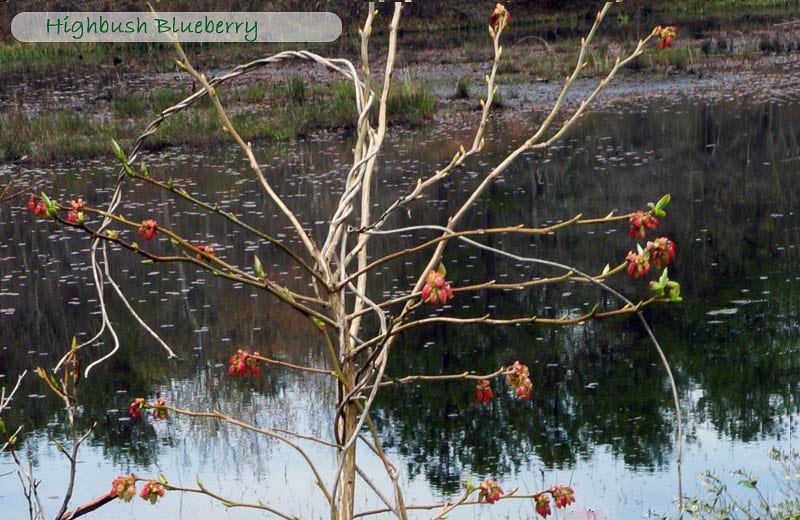
We discovered a diverse array on a hike organised by SOFO (South Fork Natural History Museum and Nature Center) for children and their parents by Munn’s Pond next to the Wildlife Rescue Center of the Hamptons in Hamptons Bays. Crystal, SOFO’s nature educator, guided us through a Red Maple Swamp, Pitch Pine Forest and Oak Forest.
Instead of just ambling through the forest and the border of a vernal pond, my kids were looking, finding and identifying trees and shrubs. Many of these plant species can be found in different trails across the Hamptons.
Pitch Pine Forest
Straightaway we found out what makes Pitch Pine forests unique. Yes, these conifer trees can grow in dry sandy soil as well as places prone to windstorms, but what makes them extra special is when there’s a wildfire. 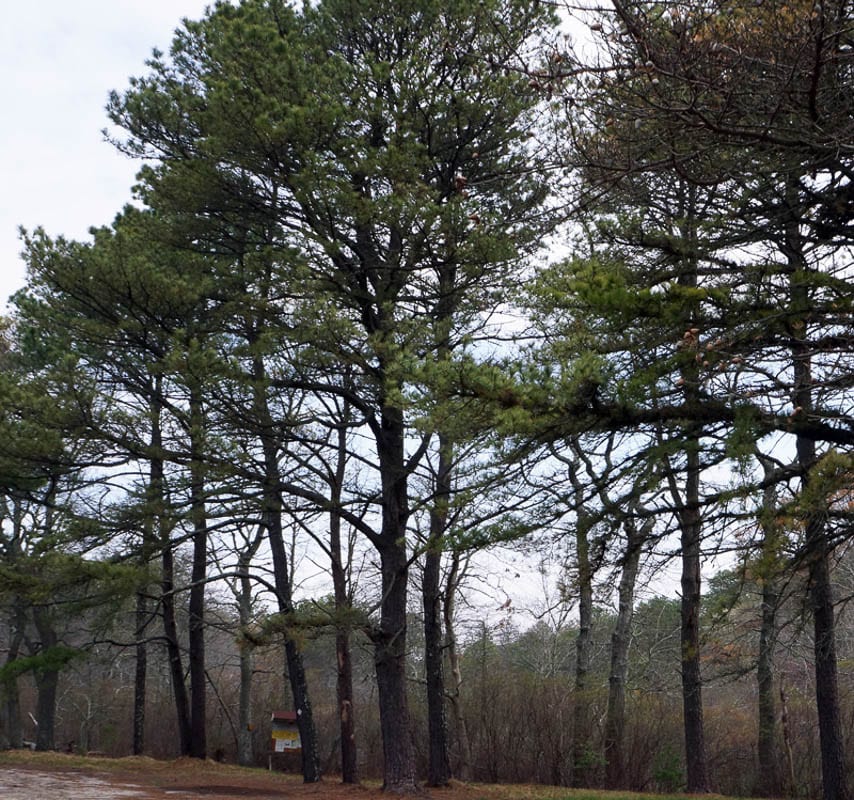
Pitch Pines can survive and even regenerate after a fire. Its not just their thick bark that protects them. Even if all their needles burn, new sprouts will appear from the trunk or the base of the trunk. And the pines produce cones whose seeds are unsealed in response to a fire.
Some of the other trails with Pitch Pines in the Hamptons are in the Shinnecock Hills, the Walking Dunes and the Long Pond Greenbelt.
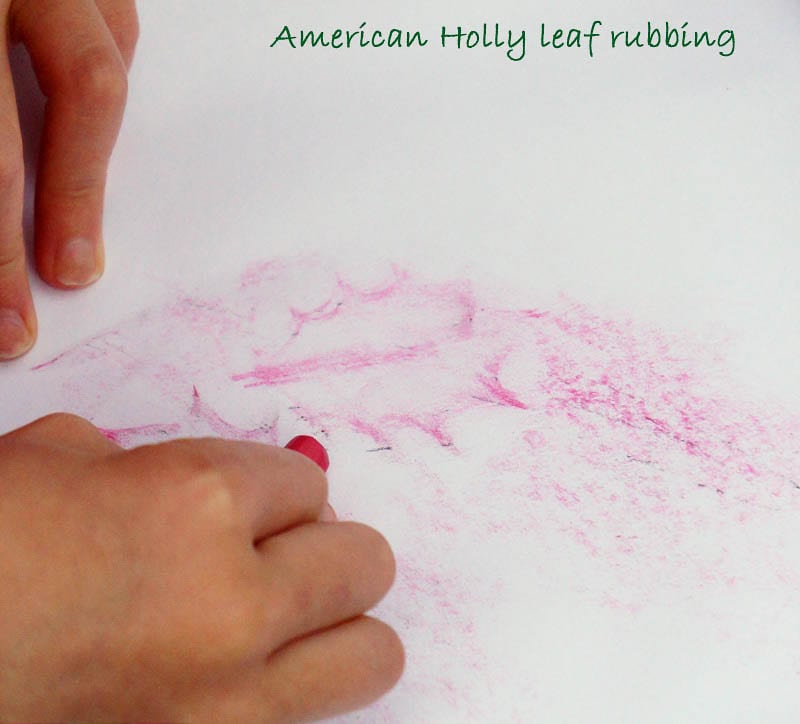
Near the start of the walk the kids stopped and made leaf rubbings of a holly leaf. Using the clipboards as a hard surface, they placed the leaf between two sheets of paper and then rubbed over it with the side of a crayon.
We also found Shrub Oaks, Inkberry Holly, Wintergreen and American Holly. Thanks to Crystal’s printouts we knew that other plant species found in a Pitch Pine forest are Post Oak, Black Huckleberry, Bearberry and Reindeer Lichen.
My daughter, though, was only sad that she couldn’t spot an Earth Star Fungus after declaring that was her favorite on the printout.
Red Maple Swamp
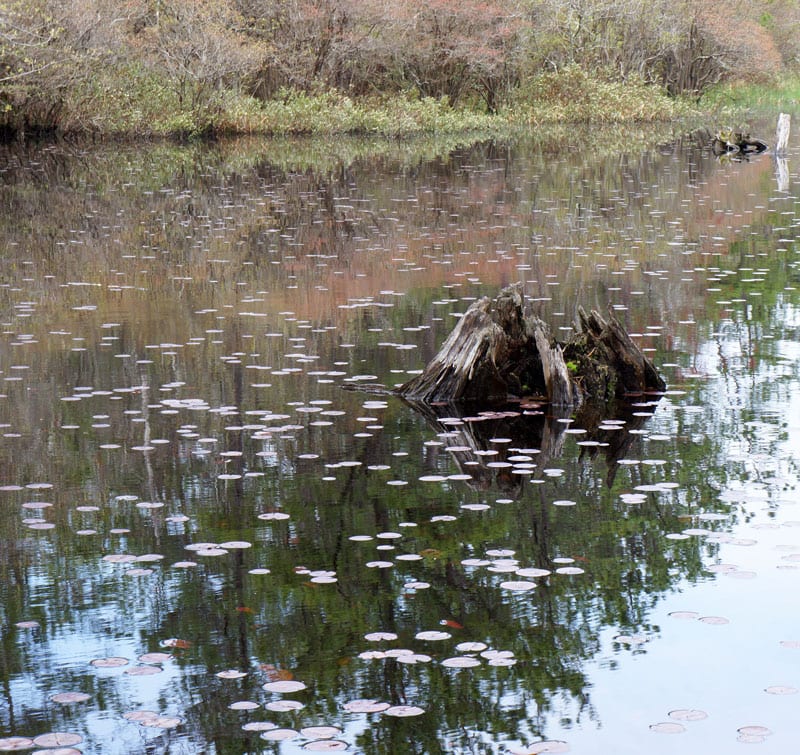 But by the vernal pond and wet woods there were different surprises. Berries, blossoms and even plants that smelled of rotting meat if you bruised them.
But by the vernal pond and wet woods there were different surprises. Berries, blossoms and even plants that smelled of rotting meat if you bruised them.
My nature detectives began looking out for Leatherleaf, Highbush Blueberry, Cinnamon Fern, Skunk Cabbage (yes, that’s the ultra smelly one), Sweet Pepperbush, Southern Arrowwood, Spice bush, Jack-in-the-pulpit and Jewelweed.
Oak Forest
Young oak trees were just beginning to blossom as we made our way through the Pitch Pines and Oak forest. 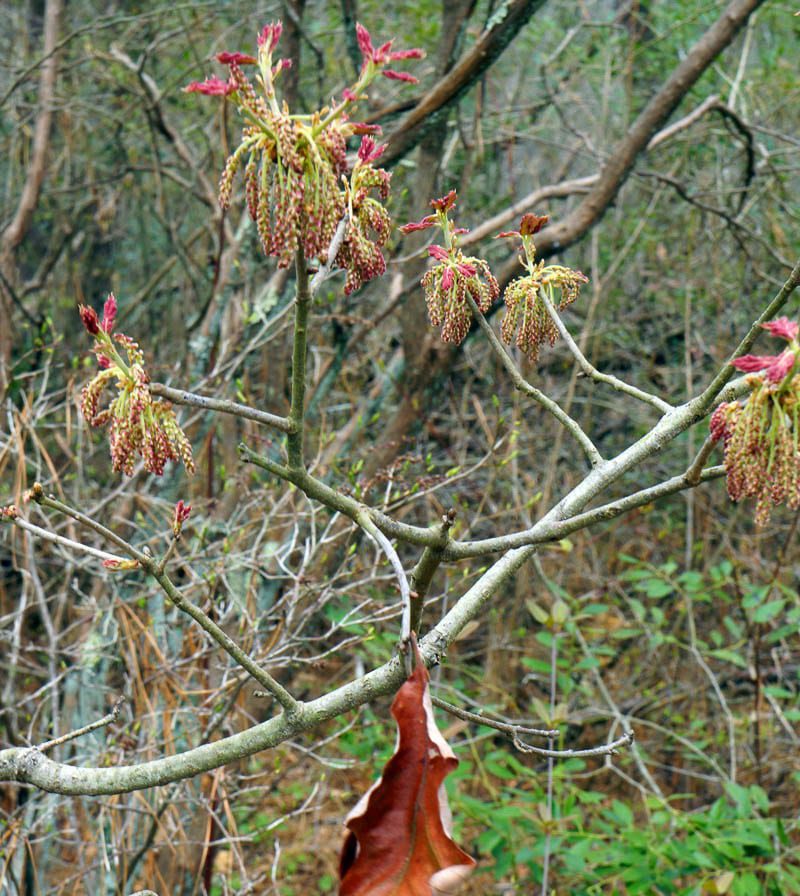
Crystal asked the kids to search for three different shaped leaves fallen and dried on the ground – rather on the trees – as it was still Spring. 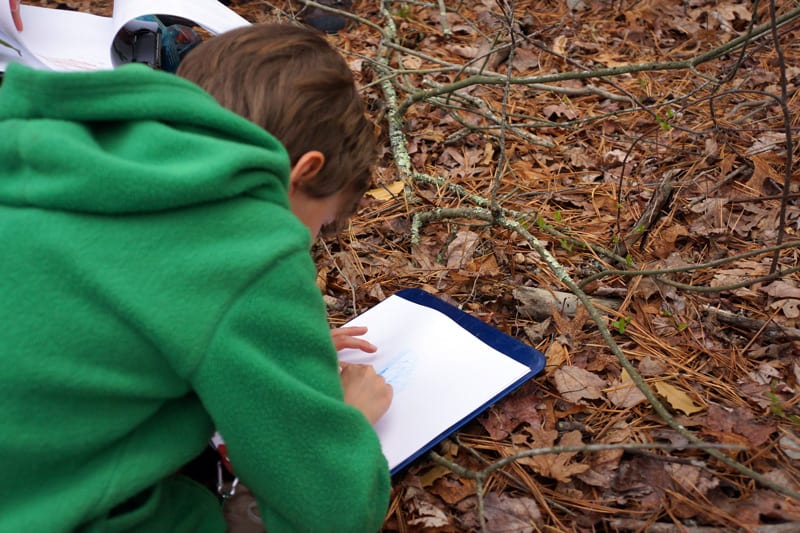
Within minutes three were found: Scrub (Bear) oak, Black Oak and White Oak. They then made leaf rubbings of each of their finds.
Other plant species found in a Oak/Hickory Forest are Red Oak, Mockernut Hickory, Pignut Hickory, American Chestnut, Flowering Dogwood and Sassafras.
Quite frankly it was a wonderful learning experience for me. And I loved watching my children getting excited as nature detectives discovering about the world of plants.
Here are 10 of the many plants we learnt about – I’ll be taking a printout of these on our next walk for my children to find again.
************* PRINTABLE AVAILABLE HERE **************
NATURE DETECTIVES ponds swamps marshes spotter sheet USA Letter size
(Note – Spotter sheet is for personal use only – no commerical rights)
- Pitch Pine: The Pitch Pine has stiff needles in a bundle of three. It’s known for its ability to survive and regenerate after fires.
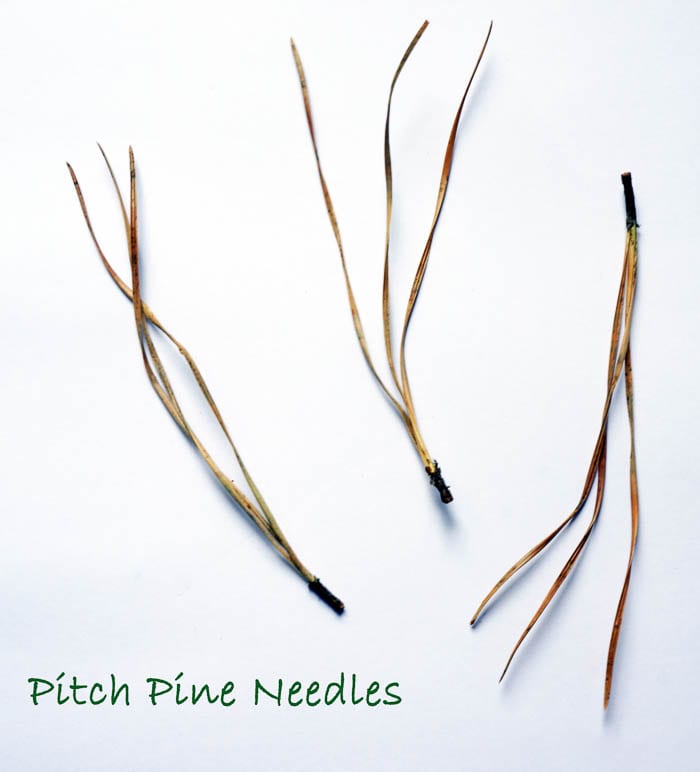
- White Oak: The White oak grows up to 80 to 100 feet tall and can live for hundreds of years. The leaves have five to nine blunt ended lobes. Even after turning brown, some leaves may stay on the tree until Spring.
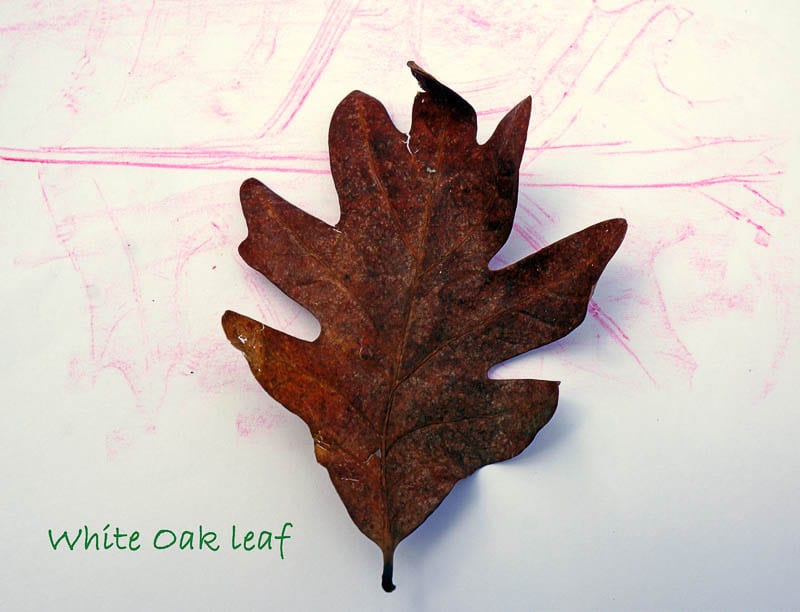
- Black Oak: This tree is native to eastern North America and reaches a height of 50 to 70 feet. Black Oak leaves have seven to nine lobes with pointy bristles on the end.
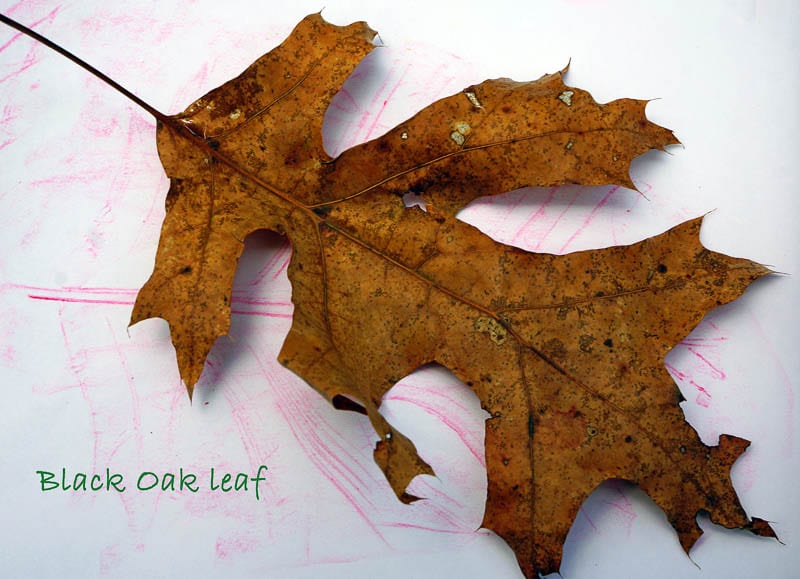
- Bear or Scrub Oak: This is a small tree with dense thickets which can readily sprout after a wildfire. Bear oak thickets, stems and acorns provide shelter and food to a large variety of wildlife from white-tailed deer, small mammals, game birds and songbirds.
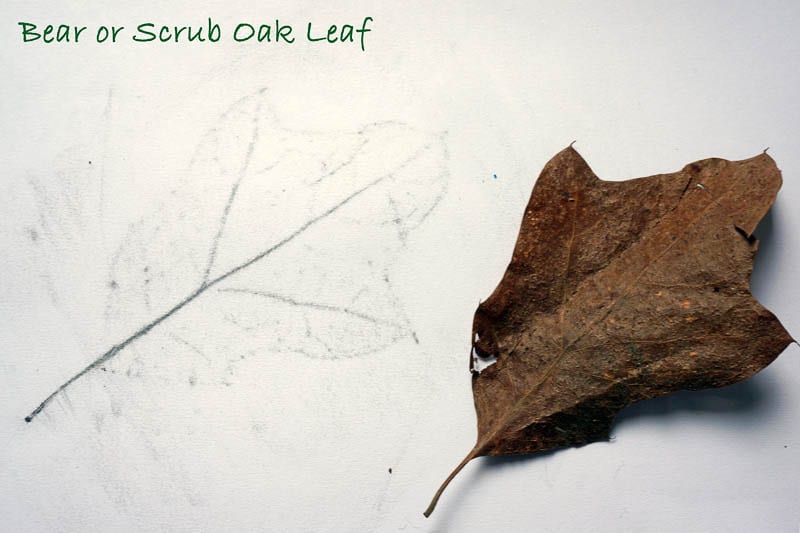
- Inkberry Holly: White-tailed deer and marsh rabbits graze on the leaves while the fruits are an important food source for raccoons and opossum as well as eaten by many species of birds. Nectar from the flower is important source for honey production.
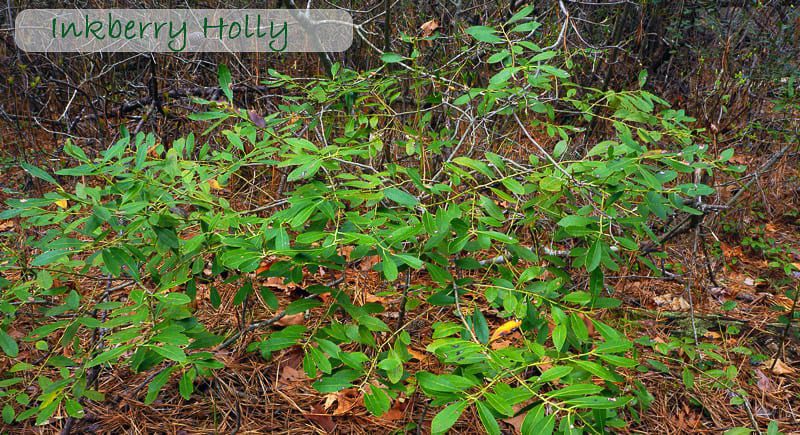
- Wintergreen: Wintergreen has been used as flavoring in candies, gums, breath mints, teas and toothpaste. Wintergreen Oil is also popular as an alternative treatment.

- American Holly: An evergreen tree popularized as a Christmas decoration. From late summer into fall, it produces red berries which remain throughout the winter. The berries are often a valuable food source for fruit-eating birds during the winter.
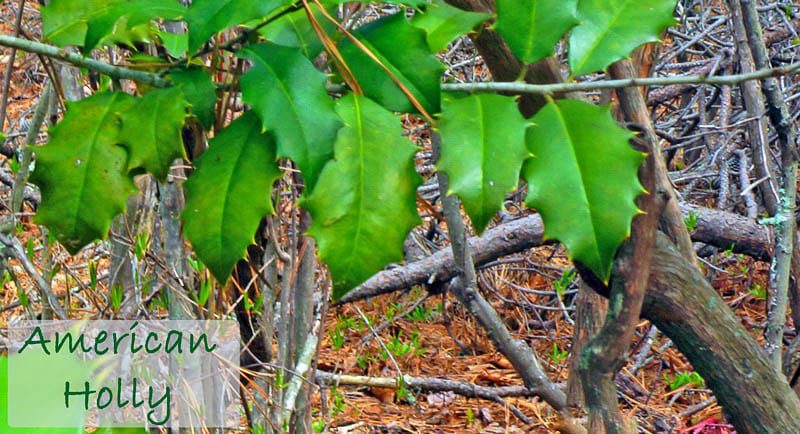
- Leatherleaf: This evergreen shrub occurs around vernal ponds, swamps, lake edges and bogs. The leaves can turn red-brown in winter. The flowers appear April to June from buds formed the previous season.
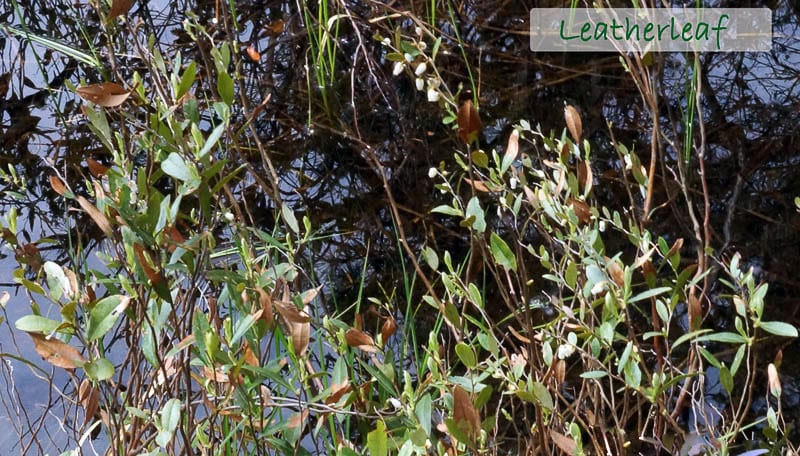
- Skunk Cabbage: One of the first plants to appear in Spring is the Skunk cabbage with brownish-purple shell-like pods. By late Spring long leaves are unfurled which emit a strong smell of rotten meat if crushed or broken. The plants can be found in wet areas around marshes, swamps, bogs and streams.
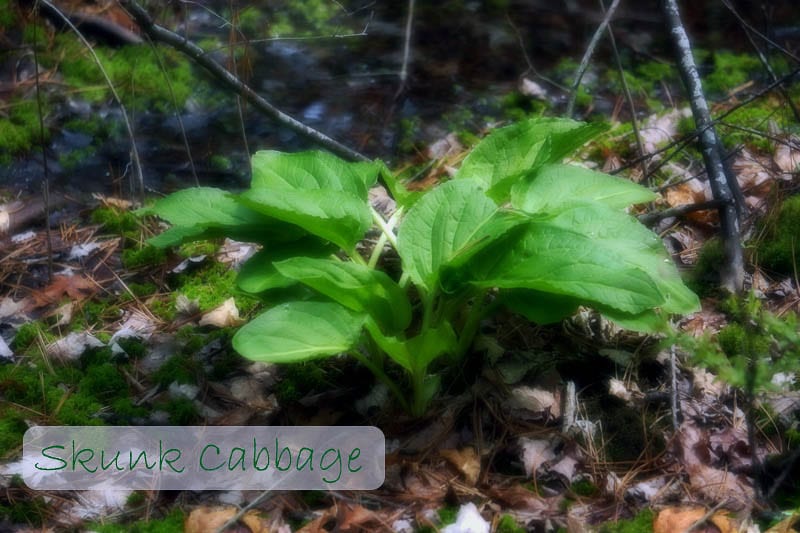
- Cinammon Fern: In Spring these ferns start unfolding their new fronds called fiddleheads. The fronds can grow up to six-feet long.
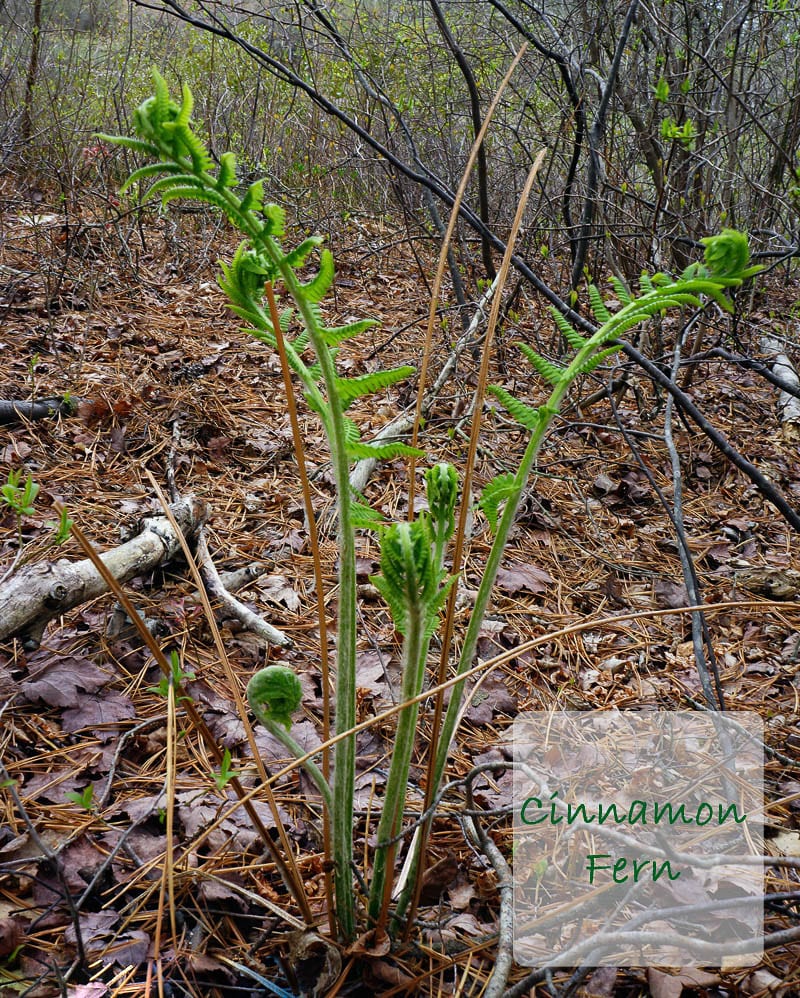
I’ve named the 10 plant species above so that you can print this out and take with you for your kids to have an adventure as a nature detective in the Hamptons.
If you live or are visiting the Hamptons, I highly recommend checking out SOFO’s calendar for outdoor events with kids in all age groups throughout the year. Some of the outings we’ve been on are a backpack adventure in a swamp or a night salamander hunt.
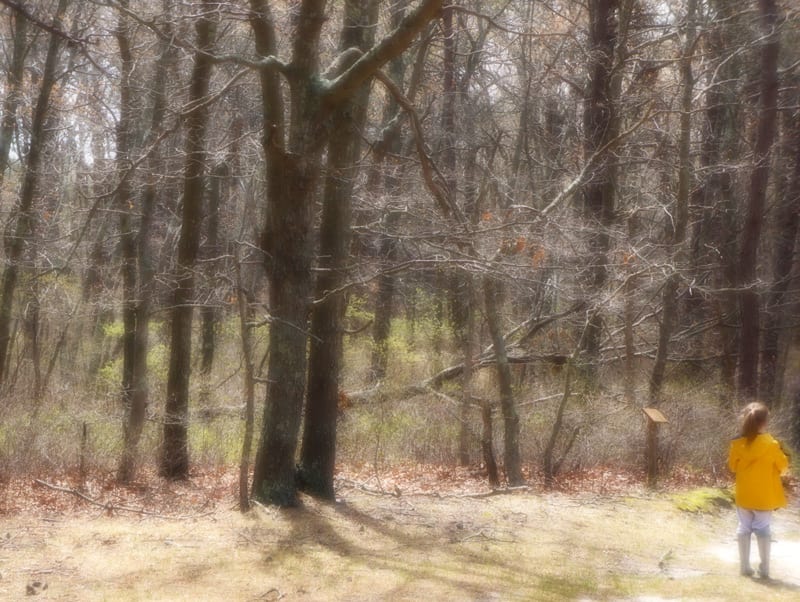 I’ve watched my children become even more enthusiastic for the outdoors when, as nature detectives or young naturalists, they recognise and find out more about the world of nature around them. And, after all, it’s rather splendid in the Hamptons.
I’ve watched my children become even more enthusiastic for the outdoors when, as nature detectives or young naturalists, they recognise and find out more about the world of nature around them. And, after all, it’s rather splendid in the Hamptons. 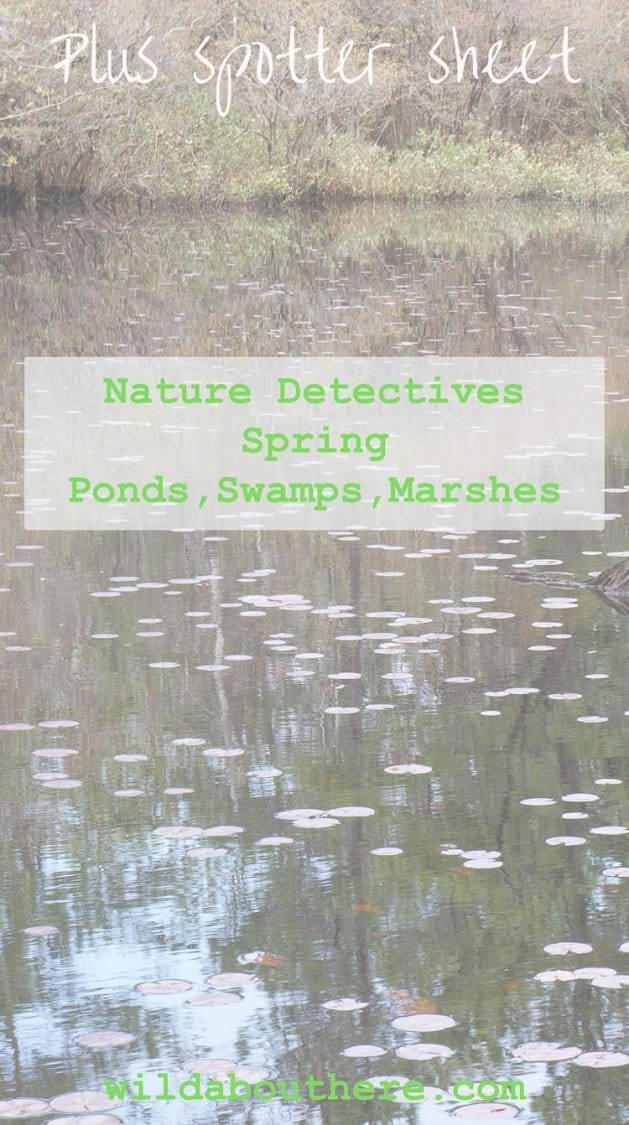

Pingback: A hunt for Autumn leaves - Over there to Here
Lucas says – awesome post. It reminds me of the Bush Skills we learnt in the Forest. Really enjoyed reading this with the Mother and looking at the photos 🙂 #countrykids
Beautiful pics and lovely scenery.. 🙂
#countrykids
Learned so much from this post! Lovely day for a love nature hunting trip =)
Stunning scenery. It’s great that you all learnt something from your nature explorer trip #countrykids
I guess living in a place surrounded by such natural beauty makes one even love it more! Love the pine tree forest. I’ve always loved them and especially the smell! 🙂 #CountryKids.
Such a brilliant idea -you discover so many gems. My two would absolutely adore doing something like this.
I’ve made a really simple scavenger hunt for N’s party this weekend,but I can see as he gets ooder I’m gojng to have to brush up on my nature knowledge as I cant remember half the things I ew as a chsd. Great photos and nice to know a bit more about nature differences in the US
This is just fabulous Kriss. My boys would love this! So interesting, and it’s wonderful how much the twins are enjoying it. We haven’t been for a walk in the woods for a little while, it’s on my list to do soon and I planned on doing a scavenger hunt – this has given me some ideas 🙂
Stunning photos and it looks like there is so much to discover there. I love the leaf rubbings, something I’ve not done since my own childhood, I might just need to copy this one. I’m so impressed with all they identified, proper little adventurers. Thank you for sharing your outing on Country Kids
Leaf rubbings are such a fab way to get kids involved during a nature walk – fun, creative and educational – and definitely eliminates any complaints.
What super ideas. My Milin would love being a nature detective! Beautiful photos as always too. A lovely post – thank you for sharing! x
Thank you 🙂
I love the idea of taking clipboards and paper to make rubbings. I might have to do that tomorrow. Our neighbours have a holly bush that really annoys me because the leaves always end up on our drive and prick me through the gloves. But if they make good rubbings, it might make up for it! Love the swamp. Very atmospheric.
It’s perfect way to keep them entertained during a long walk.
I feel like I was on the walk with you. A beautiful learning experience. #HDYGG
Thank you! I’m really learning along with the kids to be frank.
What a great idea! I have my old nature spotting books from my own childhood that I could get out and try and plant spot in the woods with Kitty – she’d love that! Thanks for the inspiration 🙂
It looks lovely there, maybe I should parcel myself up and post me across!
Thanks for joining in again x
It really makes a difference for the kids on the walk – lots of fun being ‘nature detectives’. I’d love some more English gals over here so post yourself over!
What beautiful photos! I’d like to go here on a nature hunt too!
Thank you Emma – it was fun for me too!